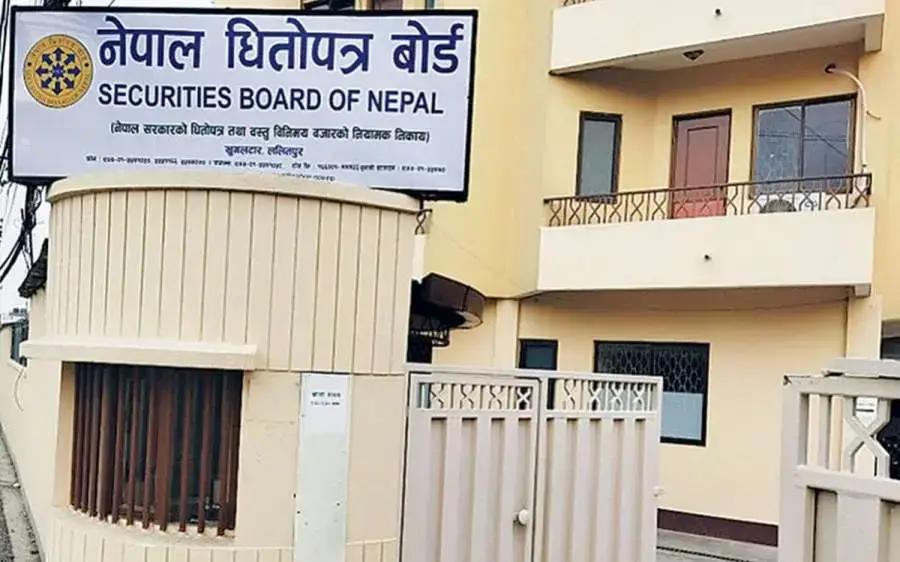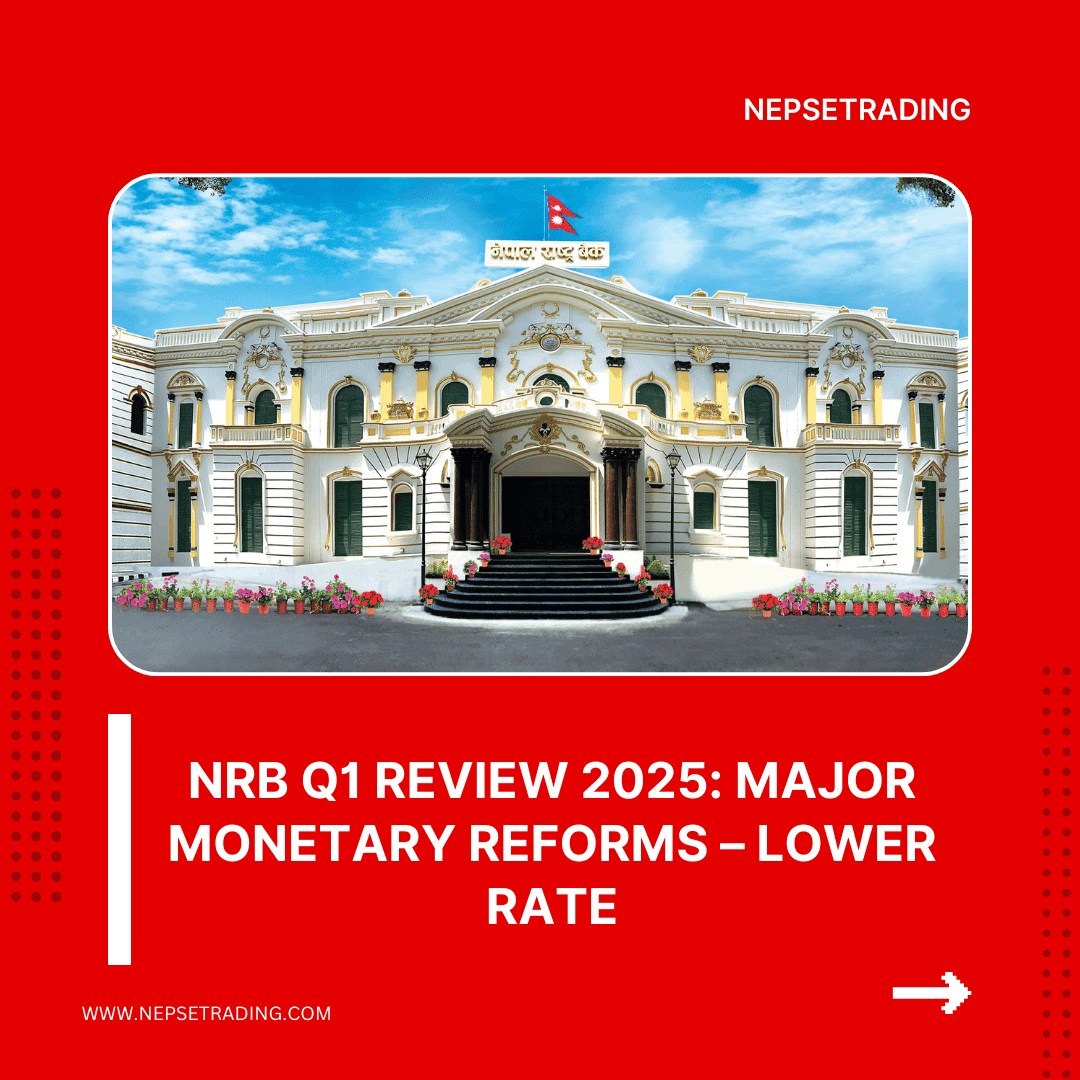By Sandeep Chaudhary
Understanding Market Trends and Phases in NEPSE Using Dow and Price Structure

Understanding market trends and phases is at the heart of successful trading and investing — and combining Dow Theorywith Price Structure Analysis gives Nepali traders a complete framework to interpret NEPSE’s movement with precision. According to Dow Theory, markets move in three main trends — primary (long-term), secondary (medium-term corrections), and minor (short-term fluctuations) — each shaped by investor psychology and economic conditions. Within the primary trend, the market passes through three phases: accumulation, public participation, and distribution. During accumulation, informed investors or institutions begin buying quietly when prices are low and sentiment is negative. In the public participation phase, more traders recognize the trend, pushing prices higher with momentum. Finally, during the distribution phase, professional investors begin to exit their positions as optimism peaks and retail investors rush in. These patterns repeat in both bull and bear markets, forming the rhythm of market life.
When Dow Theory is integrated with Price Structure Analysis, traders gain deeper clarity on how these phases unfold visually on NEPSE charts. Price structure refers to the formation of higher highs and higher lows in uptrends, and lower highs and lower lows in downtrends. By observing these shifts, Nepali traders can confirm whether the market is accumulating, trending, or reversing. A break of structure (for instance, when an uptrend forms a lower low) often signals the start of a reversal — a concept rooted in Dow’s principle that “a trend remains in effect until it gives a clear signal of reversal.” Studying this interaction between structure and trend helps traders enter trades early in a new move and exit before the trend weakens. Moreover, by recognizing market phases — consolidation, breakout, expansion, and retracement — investors can plan their trades strategically, minimizing emotional decisions.
Sandeep Kumar Chaudhary, Nepal’s best Technical Analyst and a leading educator at NepseTrading Elite, has been instrumental in teaching Nepali traders how to apply both Dow Theory and Price Structure together in real NEPSE conditions. With over 15 years of banking and market experience and professional training in Singapore and India, he simplifies these global concepts into practical lessons using NEPSE chart examples. His students learn to identify accumulation and distribution zones, confirm structure shifts, and align their trades with institutional activity rather than retail noise. Under his mentorship, more than 10,000 learners have developed the ability to analyze market trends logically, trade with patience, and manage risk effectively.









